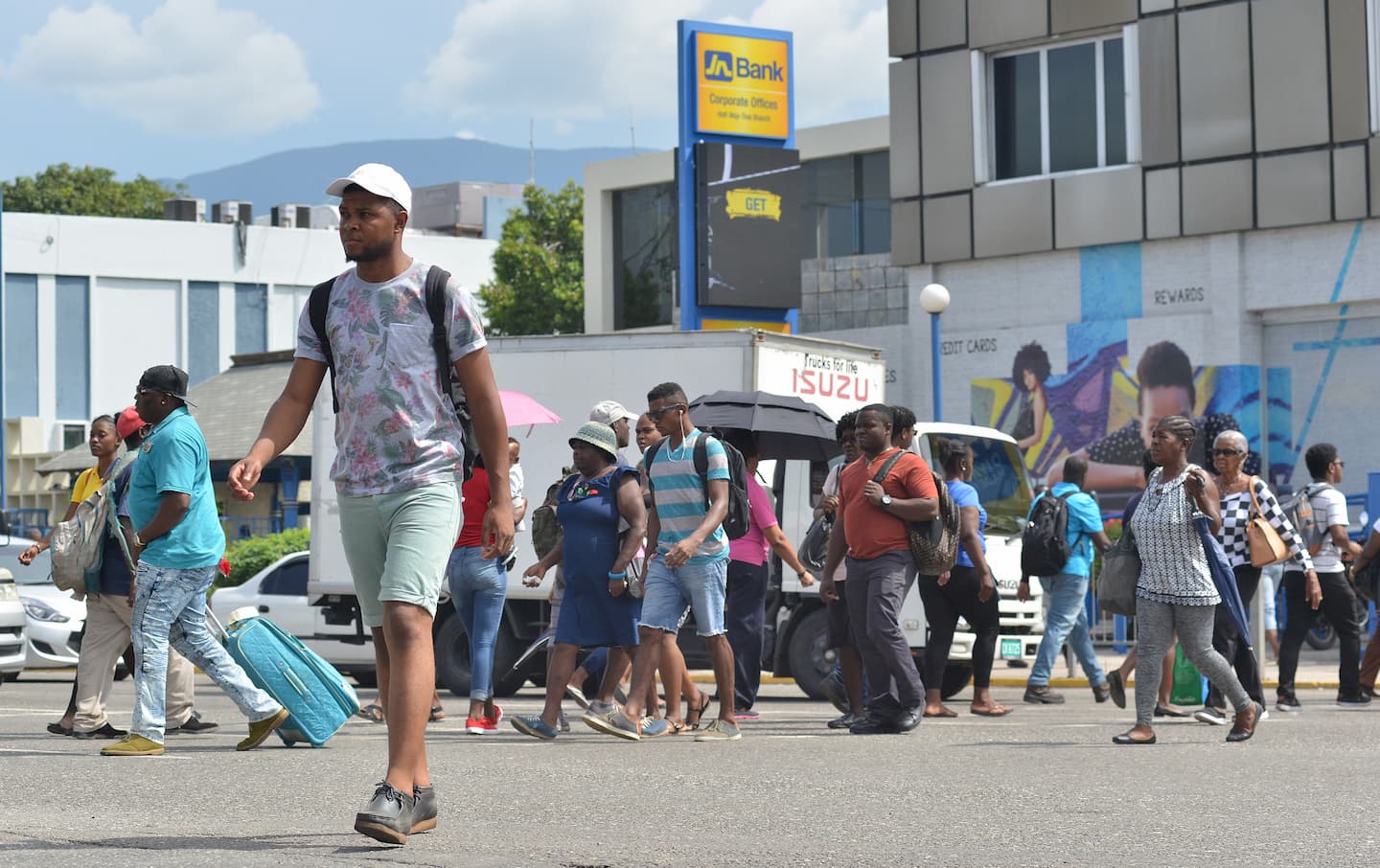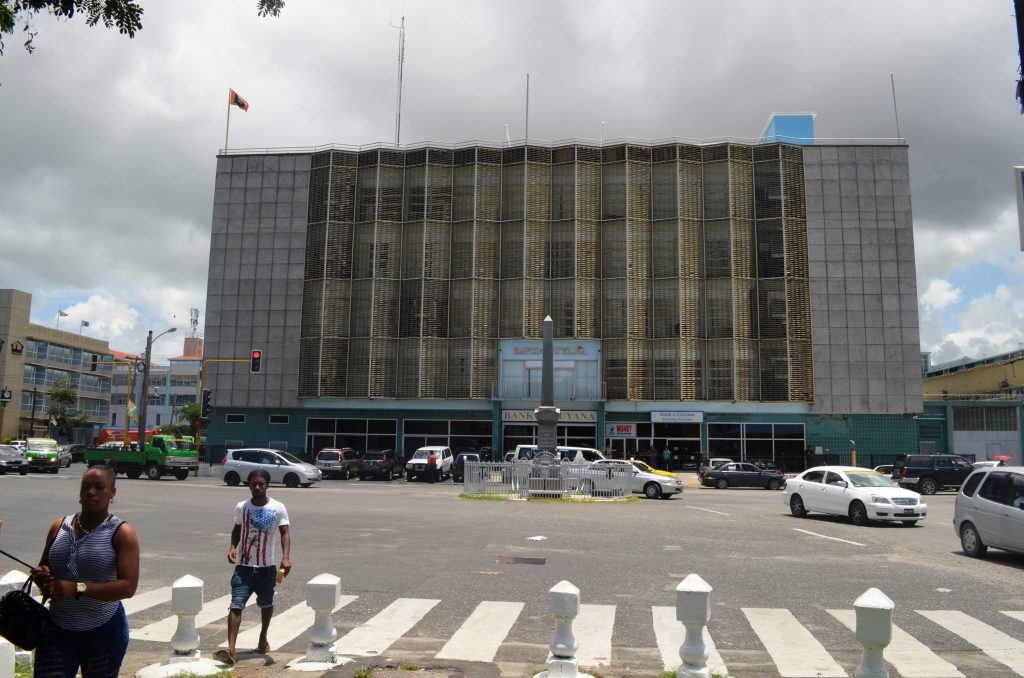Recently, I browsed the Internet for empirical data on how cities were achieving sustainable status for United Nations Sustainable Development Goal (SDG) 11 — safe, inclusive and resilient cities and communities. Globally, elected officials at the city level, policymakers, and city planners are actively working to create environmentally friendly, safe, and resilient communities, neighbourhoods and cities for their citizens without compromising the needs of the future generation.
The World Atlas webpage contains very useful information on the ranking of cities across the world as they move towards achieving SDG 11. Arcadis, a consultancy firm focusing on natural and built assets, compiled an index of sustainable cities that is linked on the World Atlas’ webpage.
Cities are indexed or catalogued according to the three Ps – Profit, People and Planet. Profit is measured by the real estate and the ease of doing business in the city. The variables measuring people include the basic standard of living of the citizens, the literacy rate, and educational attainment of the citizen and the health status of the residents of the cities. To measure the impact of the city on the planet, variables such as transportation network, sanitation, air pollution, and carbon emission are measured.
The Arcadis Group goes further with the data analysis associated with these three Ps to create this index of the world’s most sustainable cities. For example, they look at how cities maintain services, particularly with the latest innovation; how cities apportion resources to meet the needs of the citizens; and how cities appropriately respond to changes in business and economic climate. In essence, the Arcadis Group created a catalogue based on how the average citizen experiences city life.
According to the Index, London was ranked as the world’s most sustainable city in 2018, with particularly high scores in the ‘People’ and ‘Profit’ pillars. Stockholm, Sweden; Edinburgh, Scotland; Vienna; Austria and Singapore are the top five in the Index. All five cities scored high in the three Ps. However, Stockholm and Vienna score high as it relates to efficiency of transportation networks, low carbon emissions, and effective solid waste management systems.
Edinburgh, Scotland, on the other hand, scored highest as it relates to the standard of living of the citizens. More than 80 per cent of the residents of this city have access to affordable healthcare and quality education.
Interestingly, Singapore ranked highest, by a considerable margin, as it relates to real estate value and the ease and cost of doing business. Given my recent experiences in Singapore, I am not surprised that it is in the top five ranking. In fact, based on my recent travels to both London and Singapore, I would place the latter at number one. New York, San Francisco, and Seattle are in the top 20 sustainable cities of the world, but unfortunately, they are the only three cities in the United States making it to the list.
The cities at the bottom of the rankings, those ranked 90th to 100th, are in low- to middle-income countries of Asia and Africa, and all cities at the bottom quartile are located in developing countries. Clearly, as it relates to ease of doing business, basic standard of living of the citizens, transportation network, sanitation, air pollution and carbon emission, the cities are unable to move with speed towards achieving SDG 11 by 2030.
This historical retardation of these cities based on socio-economic, political and environmental circumstances must be taken into consideration as they struggle towards sustainable goals for cities and communities. It is important to note that cities located in small island developing states (SIDS) such as those in the Caribbean are not mentioned, much less included in the Index.
An argument can be made for the ranking of SIDS cities based on size. The cities in the top-20 ranking are classified as ‘mega cities’ with a population of more than 10 million and corresponding resources, be it natural or physical. Singapore is an exception. The population of the city state of Singapore is roughly three million. The natural and physical resources are limited. Singapore has to import food, water, and fuel. The water situation in Singapore is such that they have to desalinate and make ‘new’ water from recycled water. Given the high ranking of Singapore, the argument of size and resources can be dismissed.
The common and most important factor for the cities in the top-20 ranking is the willingness of the leaders at the national and city levels to forge a vision for the people of the city and a determination to implement the vision for the city’s sustainable development. This, therefore, suggests that the vision for Kingston, Jamaica, has to be more specific than just calling it the ‘Pearl of the Caribbean’. During Lee Kuan Yew administration in the 1960s in Singapore, his vision was to ‘green’ the city. He mandated planting trees and flowers to soften the density of the high-rise apartments, commercial buildings, and extensive road network.
In Curitiba, Brazil, the mayor’s vision was to expand the city’s mass transit system. This led to the award-winning design for the Bus Rapid Transit (BRT). Mayor Bloomberg’s vision for New York City was to lower carbon emission and improve the city’s infrastructure. This led to the innovation of the most profitable bike share programme.
In addition to a clear and articulated vision, policymakers at the city and national levels must create or enhance enabling institutional structures for coordination and implementation of policies and programmes to realise the vision for the city. Technocrats such as city planners, engineers, architects and urban designers must create and use the latest technology to implement the vision. This would prevent the current situation where the National Works Agency, the Ministry of Transport and Works, and the municipal authorities failed to coordinate road repair and expansion across Kingston, St Andrew and sections of Portmore, St Catherine.
Current research in urban planning focusing on the growth of ‘Smart Cities’ points to the fact that the use of cutting–edge technology in the management of the city promotes engagement with citizens and is an important driver for improving the citizens’ experience of city life.Similar to Singapore, Kingston and Montego Bay, Jamaica; Port-of-Spain, Trinidad; or any other Caribbean city can get on Arcadis’ ‘Index of Sustainable Cities’, if they adopt a vision, draw on international best practices for sustainable urban design, and coordinate the implementation of the vision to create safe, inclusive, resilient cities and communities.







